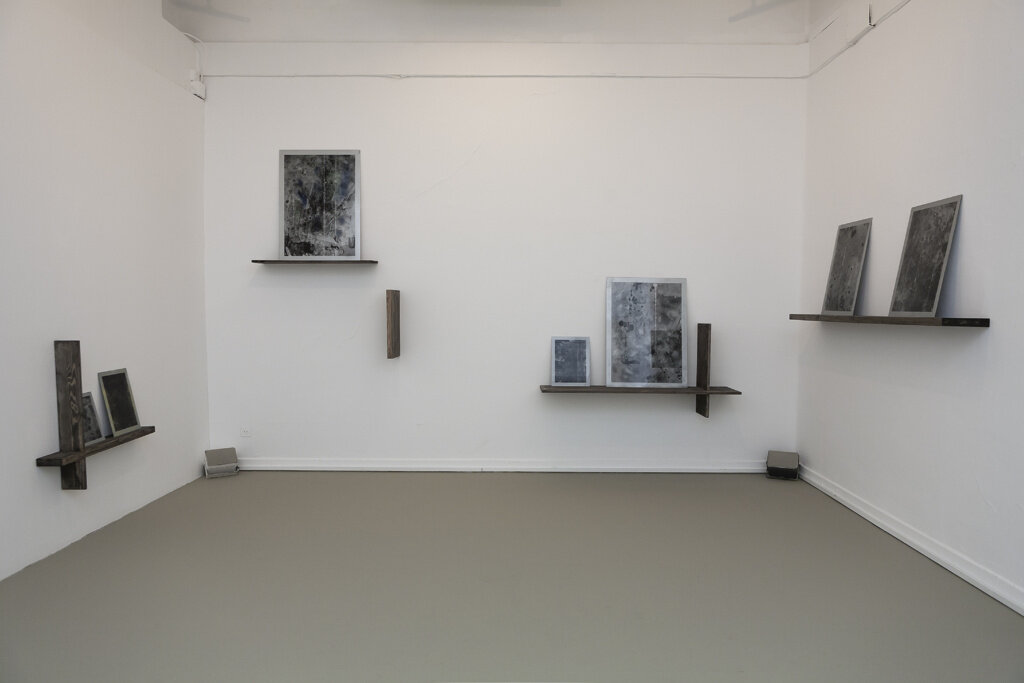
Semaphore Island, four channel sound, silkscreen and paint on glass, wood 2014-Ongoing
The earliest sound recordings were made by a phonautograph, a device that recorded sound but couldn't play it back. Rather, the device, invented by Edouard-Léon Scott de Martinville in 1857, produced images generated by the sound — images that bring to mind abstract photographs or minimalist and mechanical drawings. This process bares fascinating parallels to the invention of photography and the early photographic image, capturing a tactile act of translation of one phenomenon or medium into another.
Semaphore Island is a mixed media installation utilizing found sound and early sound recording techniques, as it uses as its point of departure sound recordings of birds now extinct — documents that in retrospect are a vivid sonic embalming of ill-fated wildlife.
Using the last working phonautograph, I produced “sound” drawings of bird recordings from extinct species such as the Hawaiian Crow, Guam Flycatcher and the Kauai Oo. These images were then worked into mixed media works on glass. Each print is a kind of portrait, both abstract and concrete, of an extinct or nearly extinct bird species.
This series of graphic works is intertwined with a soundtrack incorporating the original recordings of birds, and creating a lush and layered sonic environment that envelopes the viewer. As sound turns into drawing and unfurls notions of transformation, translation and extinction, the piece is a documentation and chronicling of disappearance.
Semaphore Island (Kauai Oo)
The making of Semaphore Island







